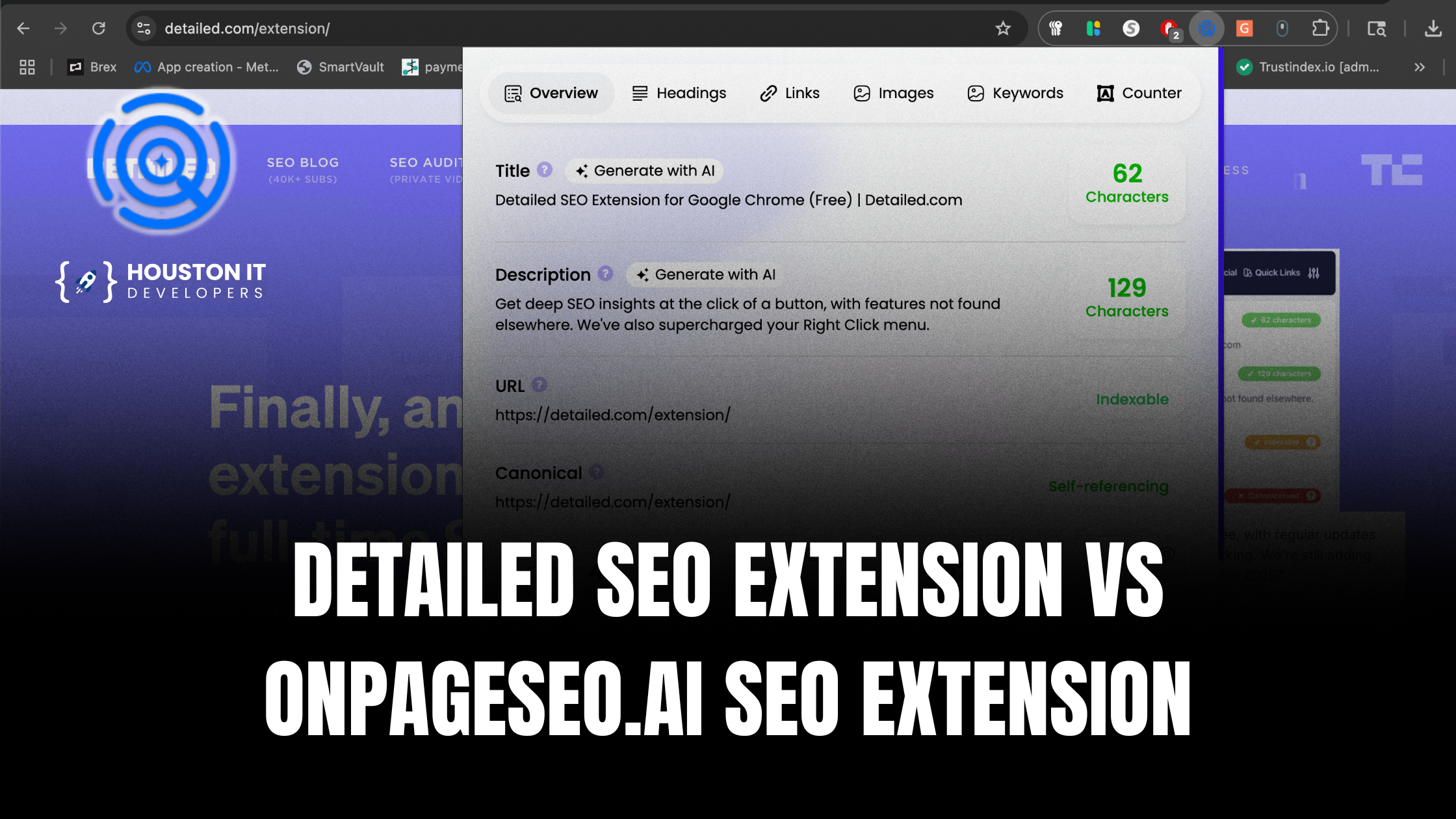In the ever-evolving world of web development, choosing the right tools and frameworks can be a daunting task. Two popular options in the JavaScript ecosystem are React and Next.js. In this guide, we’ll delve into the key features, benefits, and use cases of each framework to help you make an informed decision.
Understanding React
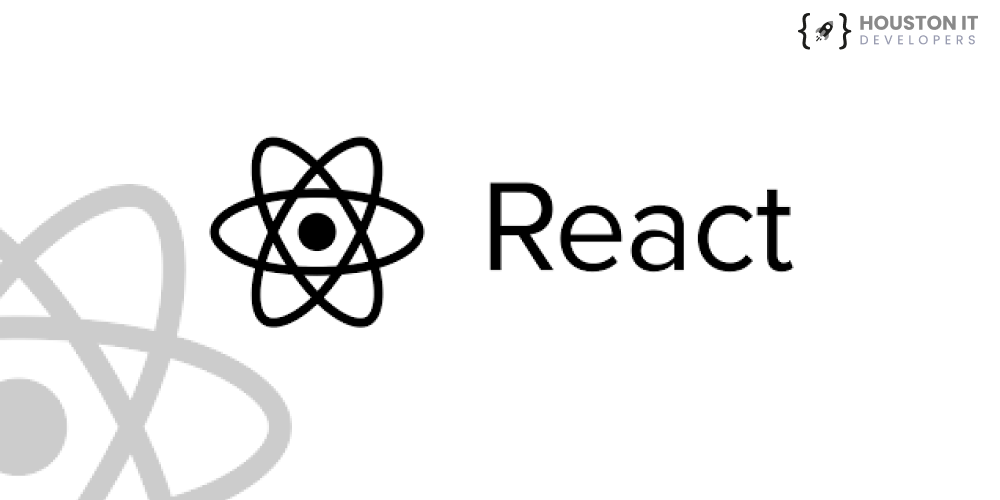
Overview of React
React is a JavaScript library for building user interfaces. Developed by Meta (formerly Facebook) in 2013, React has become one of the most widely-used libraries in the industry.
Key Features of React
Virtual DOM: React’s Virtual DOM (a lightweight in-memory representation of the real DOM) allows for efficient rendering and updating of components.
Components: React’s component-based architecture makes it easy to build reusable UI components.
JSX: React’s JSX syntax allows you to write HTML-like code in your JavaScript files.
Unidirectional Data Flow: React’s unidirectional data flow ensures that data flows in one direction, making it easier to manage and debug.
Benefits of React
Fast and Efficient: React’s Virtual DOM and component-based architecture make it fast and efficient.
Easy to Learn: React has a relatively low barrier to entry, making it accessible to developers of all skill levels.
Large Community: React has a massive community of developers, which means there are plenty of resources available.
Flexible: React can be used for a wide range of applications, from small to large-scale.
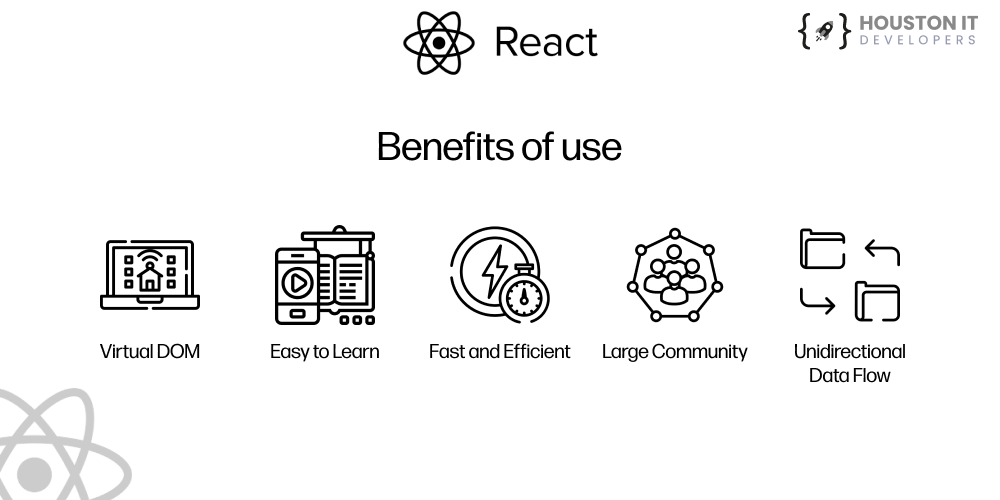
Use Cases of React
Small to Medium-Sized Applications: React is well-suited for smaller applications, such as to-do lists or weather apps.
Prototyping: React’s fast and efficient nature makes it ideal for prototyping and testing ideas.
Complex UI Components: React’s component-based architecture makes it easy to build complex UI components.
Overview of Next.js
Next.js is a React-based framework for building server-side rendered (SSR) and statically generated websites and applications. Developed by Vercel, Next.js has gained popularity in recent years due to its ease of use and performance benefits.

Key Features of Next.js
Server-Side Rendering (SSR): Next.js allows you to render your React components on the server, improving SEO and performance.
Static Site Generation (SSG): Next.js can generate static HTML files for your website, reducing the need for server-side rendering.
Internationalization (i18n): Next.js provides built-in support for internationalization and accessibility.
API Routes: Next.js allows you to create API endpoints directly within your application.
Automatic Code Splitting: Next.js automatically splits your code into smaller bundles, reducing the amount of code that needs to be loaded.
Benefits of Next.js
Improved SEO: Next.js’s server-side rendering and static site generation capabilities improve SEO by allowing search engines to crawl your website more easily.
Faster Page Loads: Next.js’s server-side rendering and static site generation capabilities reduce the time it takes for pages to load.
Easy to Use: Next.js has a simple and intuitive API, making it easy to get started.
Scalable: Next.js is designed to handle large-scale applications with ease.
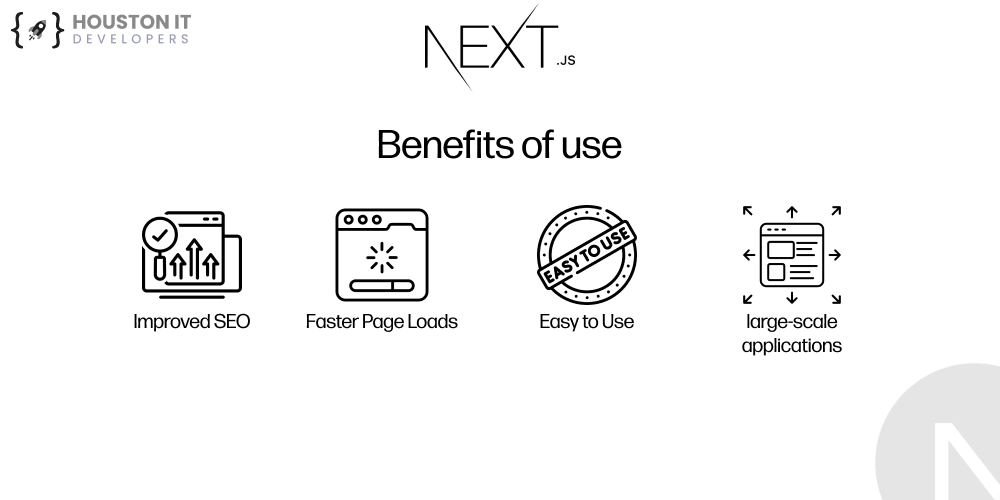
Use Cases of Next.js
Large-Scale Applications: Next.js is well-suited for larger, more complex applications, such as e-commerce websites or blogs.
Enterprise Applications: Next.js’s performance benefits and ease of use make it a popular choice for enterprise applications.
High-Traffic Websites: Next.js’s server-side rendering and static site generation capabilities make it ideal for high-traffic websites.
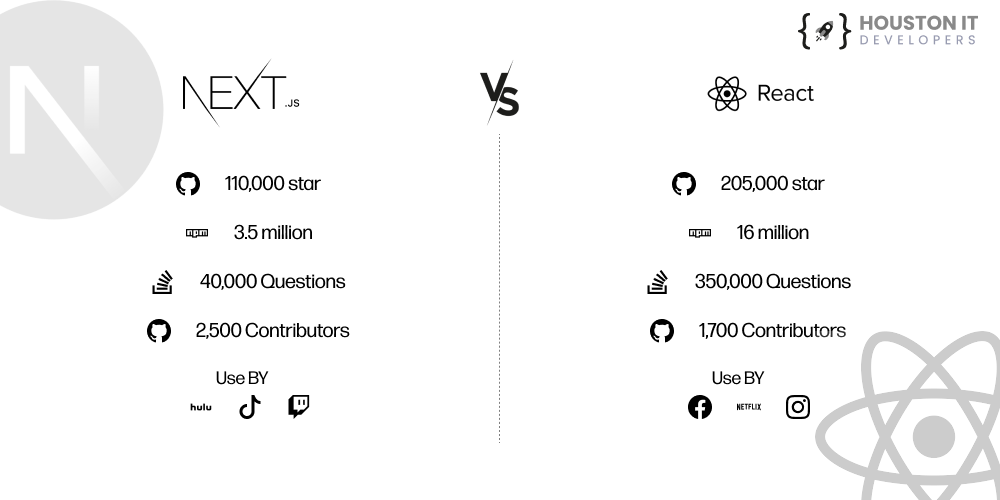
In conclusion, both React and Next.js are powerful tools in the modern web development landscape. React is ideal for building complex UI components and prototyping, while Next.js is well-suited for large-scale applications and high-traffic websites. By understanding the key features, benefits, and use cases of each framework, you can make an informed decision about which tool to use for your next project.
Ready to Get Started with React and Next.js
Whether you’re a seasoned developer or just starting out, React and Next.js have a lot to offer. With their large communities and extensive documentation, you’ll be up and running in no time.
React: Visit the official React website to get started.
Next.js: Visit the official Next.js website to get started.
At Houston IT Developers LLC, we specialize in crafting tailored web solutions that meet the unique needs of our clients. With expertise in a wide range of technologies, including React and Next.js, we deliver high-performance, scalable applications that drive business success. Our team of experienced developers is dedicated to providing top-notch service and innovative solutions to help your business thrive in the digital landscape.





